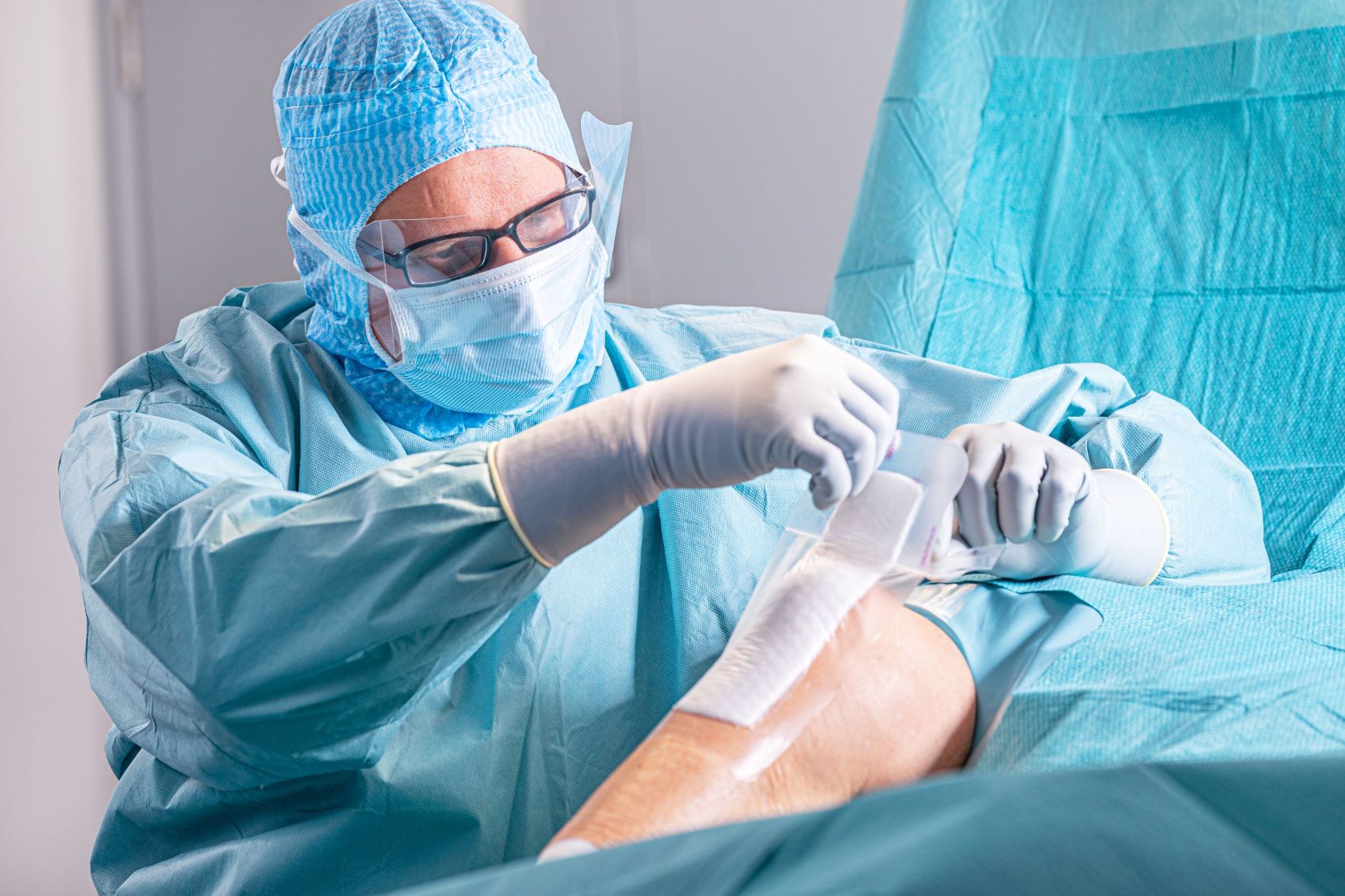
Approximately 27 million surgical procedures are performed in the United States each year, with up to 5% resulting in surgical site infections (SSI). Trends in the incidence of SSI are monitored by the National Nosocomial Infections Surveillance (NNIS) system of the Centers for Disease Control and Prevention (CDC). According to NNIS data, SSIs are the third most frequently reported nosocomial infection and are associated with substantial morbidity that can endanger a patient’s life, increase the number of days in the hospital, and increase healthcare costs.
Surgical site infections are defined as infections that occur 30 days after surgery with no implant, or within 1 year if an implant is placed and infection appears to be related to surgery. Infections are classified as either incisional or organ/space infections to differentiate those that occur at the incision site from those related to the organ or space manipulated during surgery. Incisional infections are further classified as superficial or deep.
Surgical site infections may be caused by endogenous or exogenous microorganisms. Most SSIs are caused by endogenous microorganisms present on the patient’s skin when the surgical incision is made. Gram-positive bacteria such as Staphylococcus aureus are the most common causative skin-dwelling microorganisms. Surgical site infections may also be caused by organisms within the patient’s body that are exposed during surgery. Causative pathogens depend on surgical site; for example, the risk of developing SSI from enteric gram-negative microorganisms increases with surgery on the gastrointestinal tract. Exogenous sources of microorganisms include surgical instruments, operating room surfaces, the air, and personnel.
The risk of SSI caused by resistant bacteria has become a major concern for hospitals and healthcare professionals. “Resistance” is the term used to describe the ability of a microorganism to withstand the effects of an antimicrobial agent. Microorganisms acquire resistance through evolution and adaptation. In particular, there is concern about the rise in SSIs due to vancomycin-resistant enterococci (VRE), Methicillin-resistant Staphylococcus aureus (MRSA), third generation cephalosporin-resistant Escherichia coli, and imipenem- and quinolone-resistant Pseudomonas aeruginosa.
RİSK FACTORS
Risk factors for developing SSI can be broadly grouped by patient, wound, and procedural variables. Patient variables that increase risks for SSI include the following:
Procedural variables include factors related to preoperative skin preparation, sterilization protocols, and the surgery itself. Procedural variables that can affect the risk for SSI include the following:
PREVENTİON
The most effective SSI prevention strategies involve a multi-faceted approach including protocols exercised before, during, and after surgery to reduce exposure and susceptibility to pathogens.
Prevention strategies can be categorized as follows:
Use of tobacco products has been associated with higher rates of SSI. Nicotine use delays wound healing, and cigarette smoking is an independent risk factor for the development of SSI. For elective procedures, patients should be encouraged to stop using all tobacco products at least 30 days prior to surgery.
Hair removal was once theorized to reduce the risk of post-operative infection and, accordingly, became routine practice in many operating rooms. In fact, shaving creates small cuts and microabrasions in the skin in which bacteria can collect and multiply and is associated with increased incidence of SSI. Shaving longer than 24 hours prior to surgery is associated with a higher SSI risk than shaving immediately prior to incision. Hair removal using a depilatory is not associated with increased SSI risk but can produce skin irritation. If hair removal is necessary, clipping, rather than shaving, is recommended and should be done immediately prior to surgery.
Intraoperative hypothermia can contribute to SSI by producing vasoconstriction that reduces blood flow to the incision site and limits delivery of oxygen to the tissue surrounding the wound. In a study that evaluated the effects of hypothermia on SSI rates, 200 patients undergoing colorectal surgery were randomly assigned to routine intraoperative thermal care (the hypothermia group) or additional warming (the normothermia group). Patients in the hypothermia group developed significantly more SSIs post procedure than the normothermia group (19% vs. 6%, respectively). Additionally, the average number of days in the hospital was higher for the hypothermia group compared to the normothermia group. To avoid hypothermia, staff could use blankets, warmed intravenous fluids, or forced air warming to maintain the patient’s core temperature throughout surgery, where feasible.